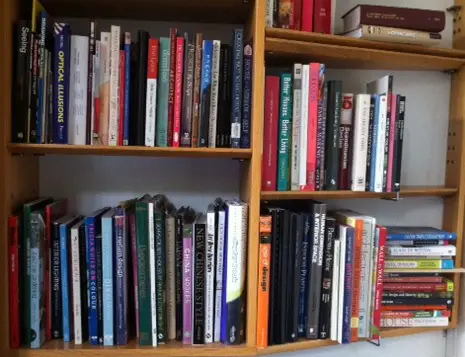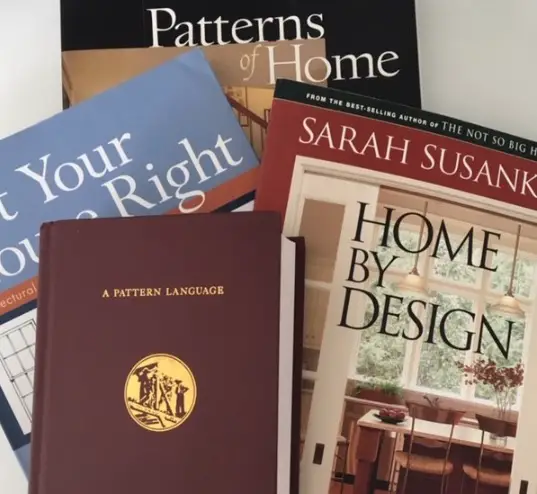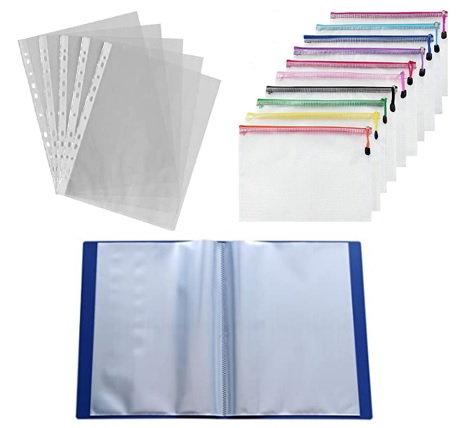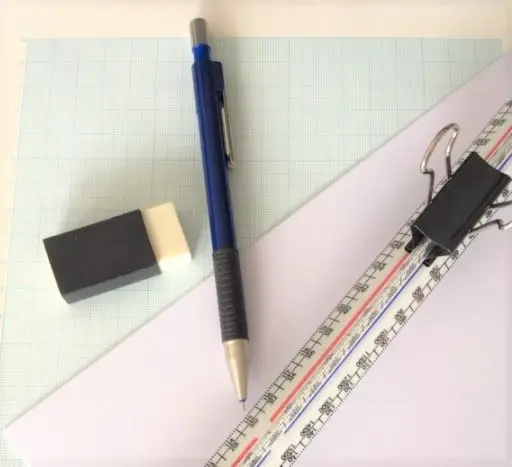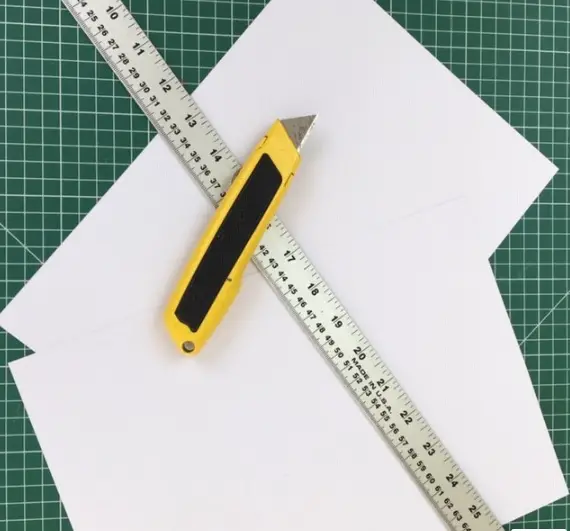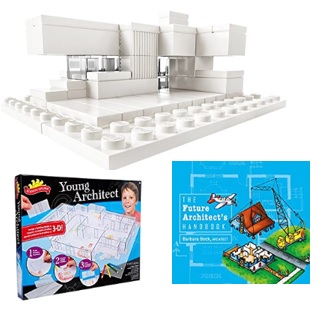Essential Home Design Books
I own a lot of home design books so I decided to share with you those that I found the most useful.
I've split the books up into different categories:
- Home Design
- Lighting Design
- Design Psychology
- Project Management
- Interior Design
- Coloring Books
- Architecture Books for Kids
Books on Home Design
These books on home design focus on the architectural design of homes and the selection of finishes, fixtures and fittings. Some of the books are several years old so the photos might not include homes with up-to-the-minute taste, but the advice on the underlying architecture is timeless.
In this book, Sarah tells us about 27 'concepts' of home design that can be applied during the design process to inject character and beauty into a home. It's a really accessible book with photos that illustrate the concepts clearly. It will help you articulate ideas and make suggestions for what you want in your home design. Sarah dedicated the book to the father of patterns in architecture, Chris Alexander, Author of A Pattern Language (see below)
Jacobsen, one of the authors of this book was on the team that wrote 'A Pattern Language'. 'Patterns of Home' brings Alexander's concept up to date and makes it more accessible and appealing with the use of images and floor plans.
The movement of describing patterns of successful architectural design
was brought to the public's attention in 1977 by Christopher Alexander in his seminal book 'A Pattern
Language'. Alexander's is a comprehensive book with simple
illustrations describing many patterns or scenarios of architecture eg 'ceiling height variety', 'staircase volume', 'window place' to name just a few.
If you're building a home with a traditional style this is a must have book. Marianne Cussato lays out all you need to know about all the details that go into a traditional home such as roofs, windows, doors, cornices, columns, arches, pediments - the works. It's packed full of diagrams showing how NOT to do the details as well as how to 'Get Your House Right'.
This is another Sarah Susanka book. The gist of this book is that it's better to build a smaller home so that money can be spent on architectural details of the house rather than all on square footage. The argument is that a well designed smaller home with careful attention paid to how the space is used will serve you better than a badly design McMansion.
If you're planning in the US and planning your kitchen or bathroom look no further than the National Kitchen and Bathroom Association's guidelines.
This is another book which is about interior design but again very much from a layout perspective. Mitton and Nystuen's guide to planning spaces is actually a text book that covers layout along with code information. A really useful resource.
If you're determined to make your home work for you rather than the other way round then this is the book for you. Don Aslett's book talks about how to organize your home and choose you fixtures, fittings and finishes to design a low maintenance home.
This may seem like a strange book to have on HPH as I stay away from decorating and concentrate on home layout. I've included this book here because it will help you think about your furniture layouts. Don't be put off by the rather dated black and white photos - the advice is still relevant.
Books on Lighting Design
Lucy Martin's bible on lighting takes you through key principles of lighting design such as positioning and layering lighting and includes room by room lighting ideas. More technical aspects are also discussed such as choice of light bulb, beam direction and beam widths.
I was looking at the reviews on Amazon and one of them is by an architect nit-picking at a few inconsistencies. They may well be true but for the novice, this book contains a huge amount of useful information.
I own a slightly earlier version of this book on lighting by Sally Storey. It has some nice photos to illustrate ideas but there isn't as much detail as The Lighting Effects Bible above.
Books on Design Psychology
When you want a break from floor plans and feel like reading some intelligent words on the history and psychology of architecture the look no further than this book by Alain de Botton. It's a book on the philosophy of architecture and it's an entertaining easy read.
Clare Cooper Marcus' book explores the bond and connection we have with our homes as we journey through life. It's a sort of manual for creating a home that reflects your soul.
Books on Project Management
This book by Amy Johnston takes you through how to work with the professionals that you are likely to be working with on your project. I think the most useful part of the book is how to deal with your General Contractor. It teaches you about how a GC runs their business and how they make money on a contract. Understanding where your GC is coming from makes the inevitable conversations and negotiations about things that come up in a project easier for you to navigate.
This book by Lester and McGuerty takes you from the design process through to construction including lots of information on construction materials. It's a good book if you are considering being your own General Contractor although it might also persuade you not to be your own GC!
Books on Interior Design
House Plans Helper is all about home layout rather than home decor, but having said that, I own a good few interior design books as well. Here are my favorites.
These are my favorites because they teach methods of interior design rather than just being coffee table books full of pretty pictures.
This book by Jennifer Birdstrong dates from the 80s so the images will probably make your toes curl!! Despite the out of date photos, it does a great job of teaching how to coordinate several fabrics and/or wallpaper.
When it comes to color it's good to get a grounding in color theory, try Creative Color by Faber Birren. If you absorb the material in the book you'll start to look at color charts in paint shops in a different way.
Coloring Books
In my opinion coloring books are a great 'off screen' amusement for adults and kids alike.
I haven't bought these coloring books myself but I wanted to include them as an idea because they make great gifts.
In this coloring book Mark Bemish presents us with a mixture of interior and exterior images to color in.
This is a sophisticated drawing puzzle book rather than a coloring book and you'll need to be pretty good at drawing and interested in architecture of all sorts (not just residential) to get the most out of it.
If you're a fan of Frank Lloyd Wright this one's for you. There are lots of books on the architecture of FLW and spending time with each building, slowly coloring it in will surely grow your appreciation even more.
Architecture Books for Kids
I've put together a list of books on the gifts for kids page.
